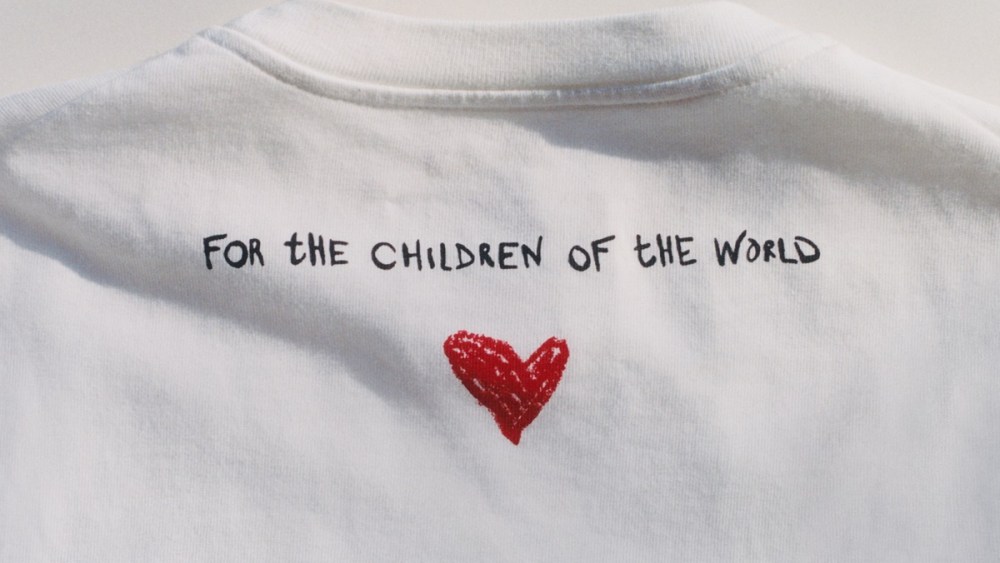Image Source: Getty/Drazen_
Dental care is an underrated part of any beauty routine. If you’ve ever had braces, veneers, or any other cosmetic dental work, then you’re likely aware of how much the appearance of your teeth can change your face. It makes sense then, why so many people opt to whiten their teeth.
Still, if you’ve ever had the procedure done professionally, then you know that it can come with some tooth sensitivity, so some turn to whitening strips, which give you similar results with little to no pain afterward. Even then, however, having to manually apply a whitening strip to your teeth, let it sit for 10 to 15 minutes, and then take it off can be a bit tedious. That’s why it makes sense that whitening toothpastes have become more commonplace, but have you seen the purple-colored formulations?
“People use purple toothpaste in an effort to whiten their teeth,” dentist Naomi Levy Goldman tells PS. “Most people know that purple shampoo works to cancel out yellow tones in their hair and figure that purple toothpaste will also cancel out yellow tones in teeth and make them appear whiter.”
But does it work? Ahead, Dr. Goldman explains what you should know about using purple toothpaste and whether the results are long-lasting.
Experts Featured in This Article
Naomi Levy Goldman, DMD, is a dentist and the owner ofLevy Goldman Dentistry, Cosmetic & Restorative Dentist.
Danny Snyder, DMD, is a dentist and the inventor of the Slate Electric Flosser.
What Is Purple Toothpaste?
Most purple toothpastes more readily rely on the color of the formula versus any real whitening properties. “I like to tell people that purple toothpaste is like makeup for your teeth,” dentist Danny Snyder says. “For a couple of hours after using it, it creates the illusion that your teeth are whiter in contrast to your lips and gums.” Dr. Goldman adds that while your teeth may appear brighter, the effects usually don’t last very long. “It will change the color of the surface stains on the teeth to make them appear less yellow, but it doesn’t actually remove the stains,” she says. “It also doesn’t penetrate the tooth enamel to whiten the teeth from the inside, which is how true dental whitening works.”
Does Purple Toothpaste Work?
The short answer to this question is no because these products rarely feature the ingredients needed to deliver on real whitening benefits. “Both hydrogen and carbamide peroxide are the typical agents found in dental whitening products,” Dr. Goldman says. “These products penetrate the tooth enamel and work on ‘bleaching’ the middle layer of the tooth, which is responsible for giving the tooth its ‘yellow’ hue.” Whitening toothpastes, on the other hand, typically work to remove surface-level stains on the teeth. If you’re looking for long-term whitening, purple toothpaste may not be for you. “The results from purple toothpaste differ for each person,” Dr. Snyder says. “You can expect to notice a difference for about one to three hours.”
The Best Whitening Toothpastes
Generally speaking, purple toothpastes are safe to use and don’t have any adverse effects (unless you are allergic to certain dyes or colorings), but they are widely considered as the least preferred whitening toothpastes. “I love the Crest 3D white Brilliance Toothpaste ($20, for a pack of three),” Dr. Goldman says. “Still, if you’re looking for true dental whitening, a professional treatment is usually the best option.”
Ariel Baker is the associate editor for PS Beauty. Her areas of expertise include celebrity news, beauty trends, and product reviews. She has additional bylines with Essence and Forbes Vetted.



